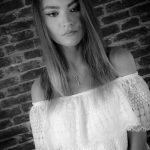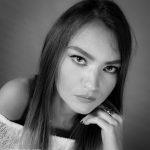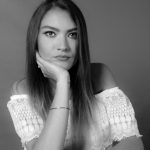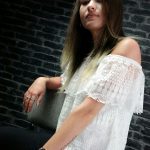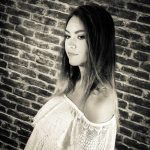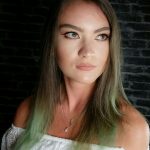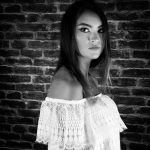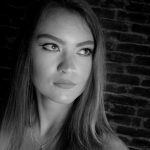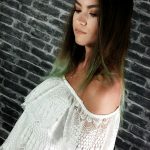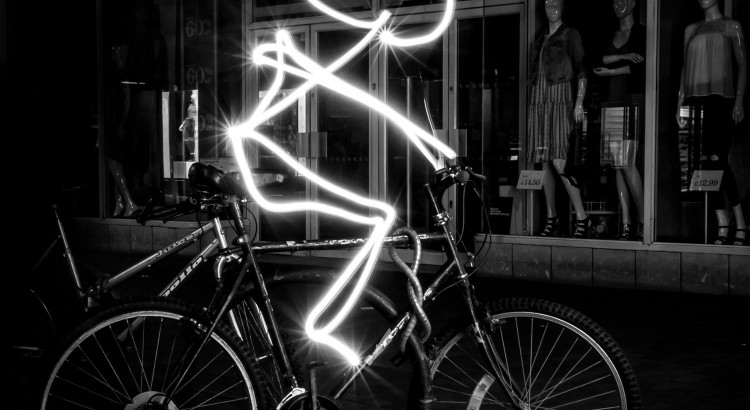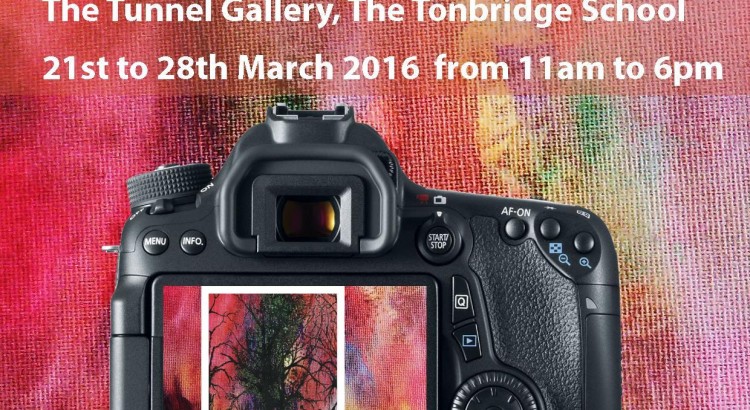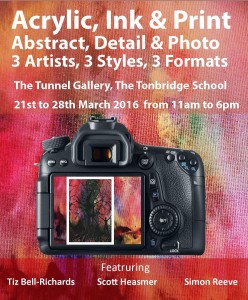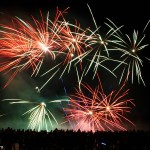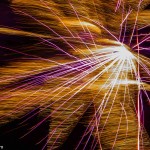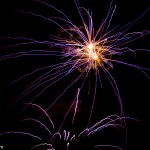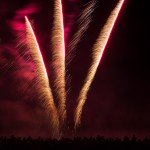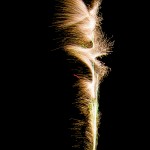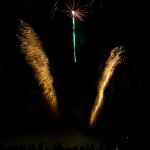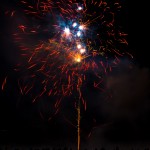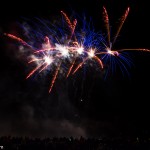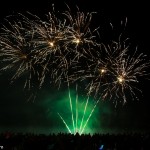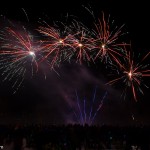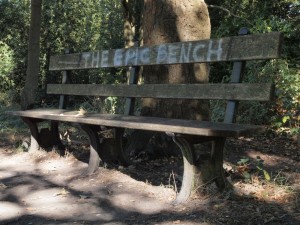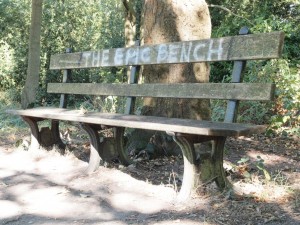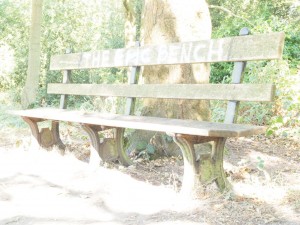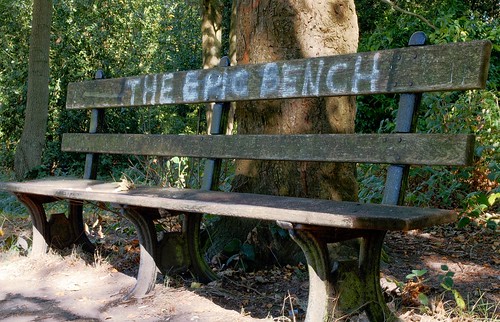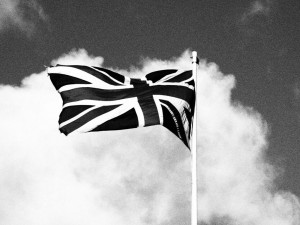By chance I saw an advert on Facebook for a light painting work shop in Chislehurst Caves. An Olympus UK event promoting the OM-D E-M1 Mk2 and the chance to play around with its unique “Live Composite” feature.
I got me thinking, what would I paint down in the caves. A while back, I ran a small workshop with friends and came up with a line of stick men walking bay a dome.
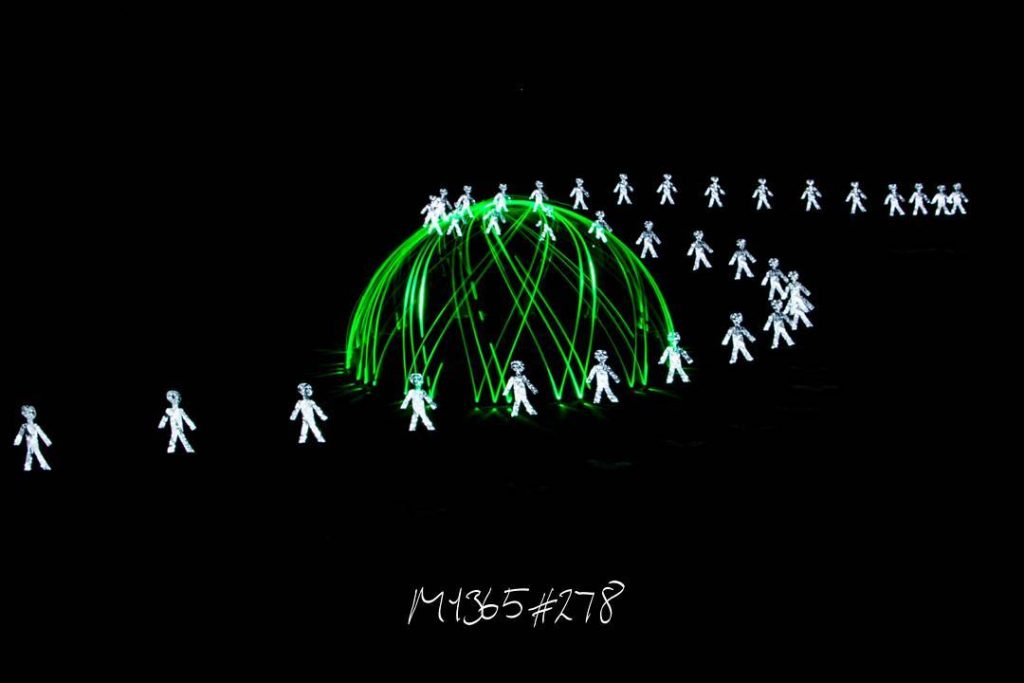
Except now I have some Electro Luminescent wire and reckon thought that could add a new dimension! So…… I had a practise on the driveway and came up with this.
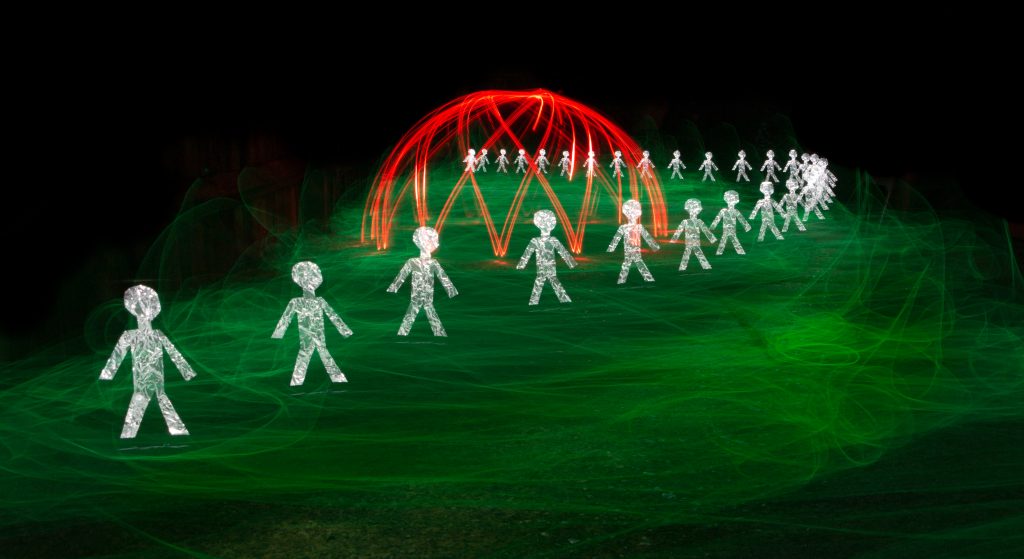
Nice. The green wire worked really well. But I couldn’t help thinking it needed something more, so I thought “can I paint a poppy?”.
Had a go…
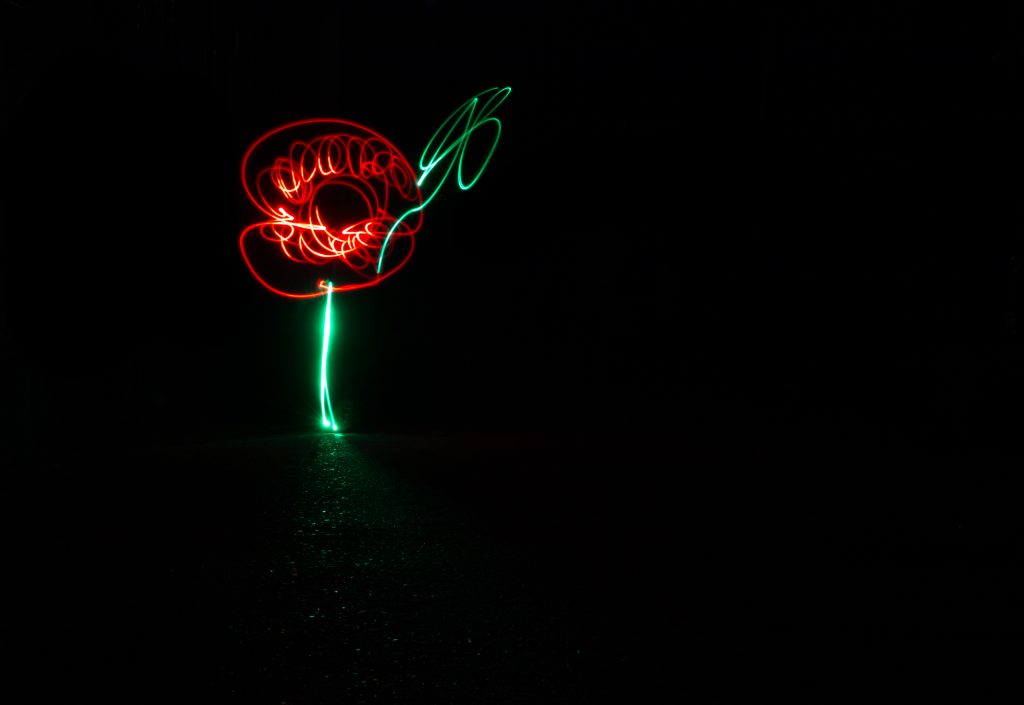
Put it all together and I ended up with this, which I was rather pleased with.
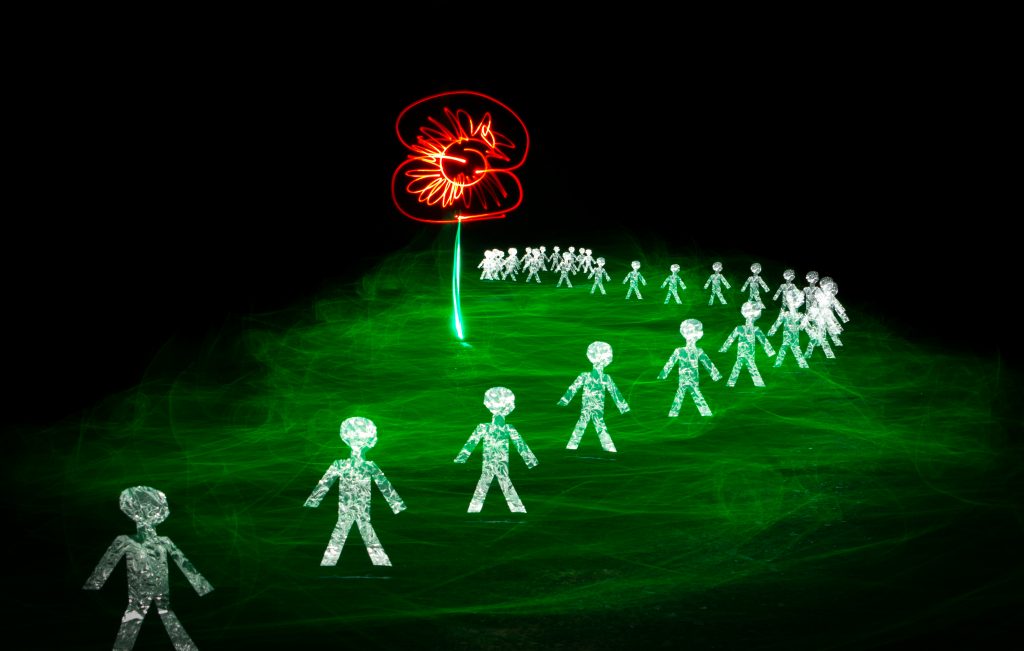
Next stop Chislehurst Caves
After playing around with the Olympus, which was great fun (see some samples in Light Painting With an Olympus OM-D E-M1 Mk2), I came up with this…
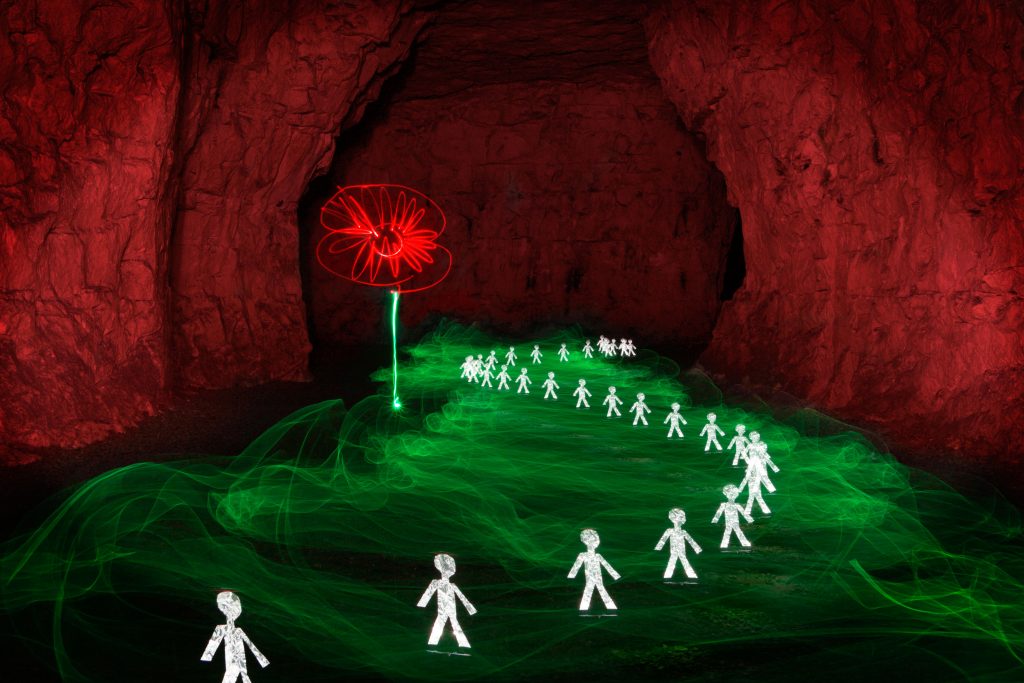
It’s still not right, but that’s part of the journey. I’m sure I’ll revisit this again, but for now (today at least) this is it 🙂
How’s it done? This was using a Canon 70 with Multiple Exposures enabled. This shot is 4 images which the camera lays on top of each other. First the green misty grass, then the poppy, then the soldiers, then the cave walls. This is nothing new, you used to be able to do this in the old 35mm film days. However, the bonus of digital, is you get to see each layer, and if you screw one up, you go back one layer and redo it, which I had to with the poppy!
Hope you like it.
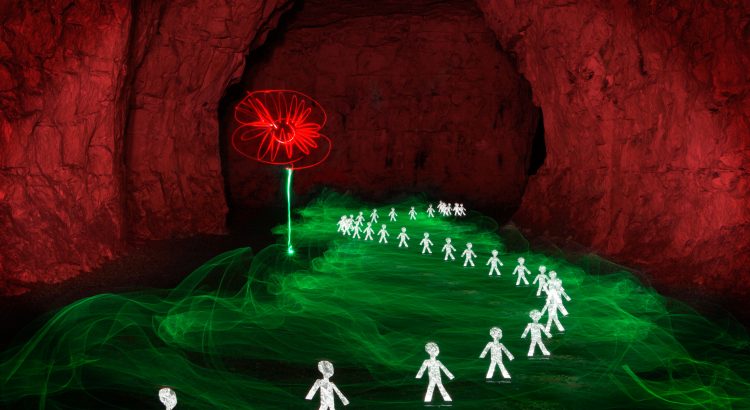
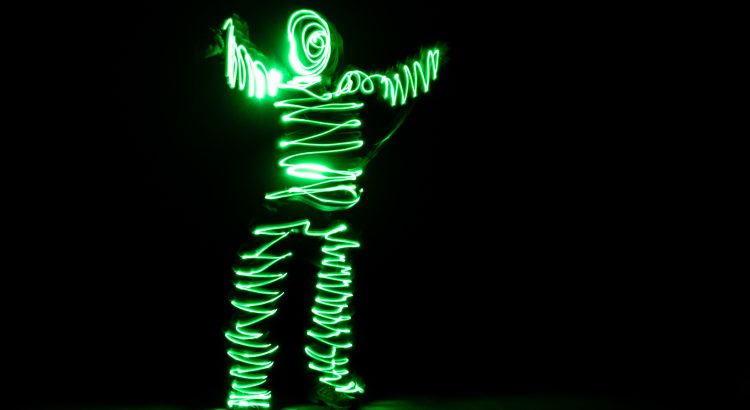
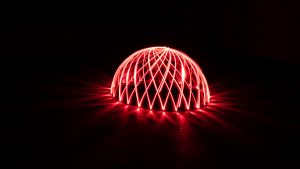 I had the pleasure of attending an
I had the pleasure of attending an 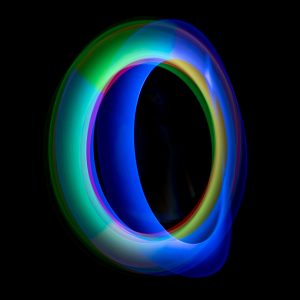
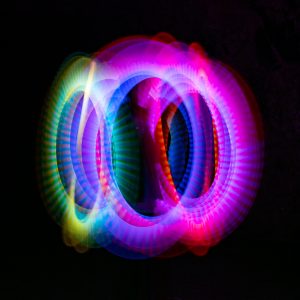
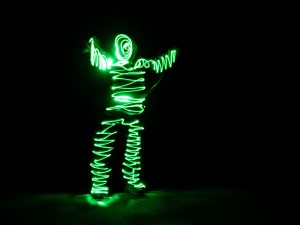
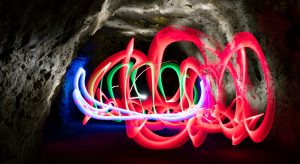
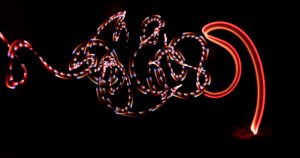
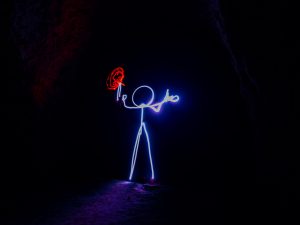
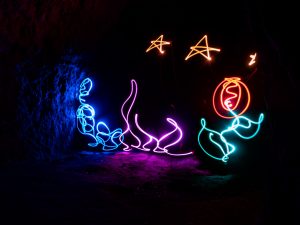
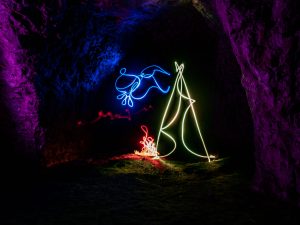
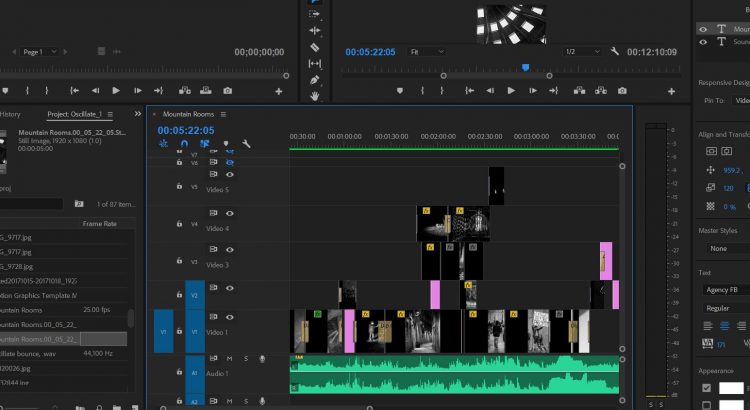
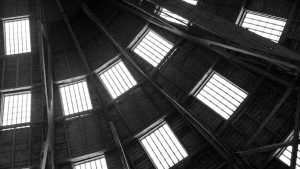
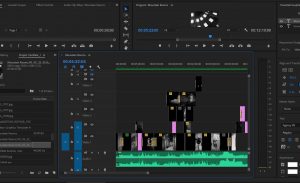
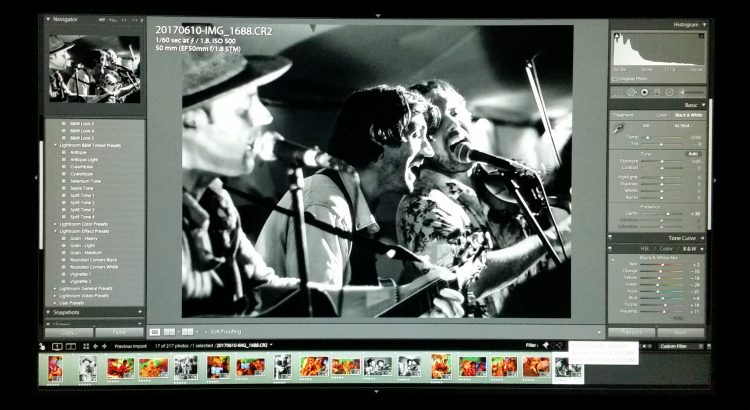
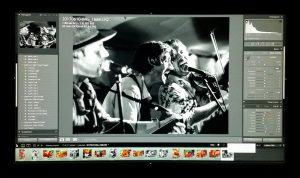
















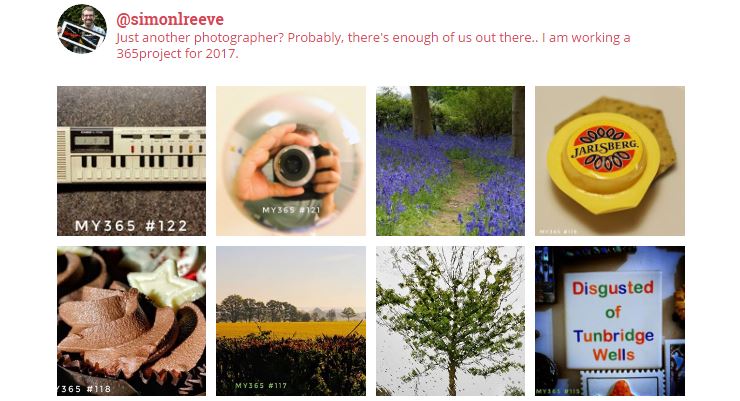

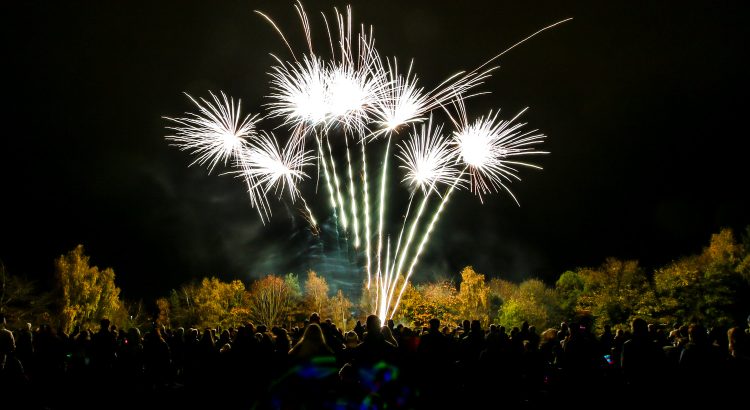
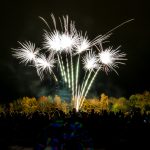
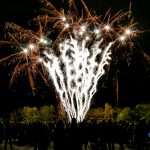
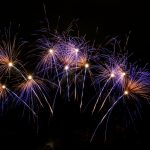
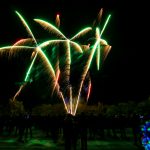
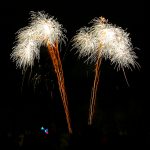
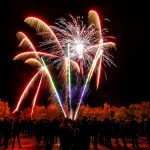
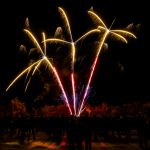
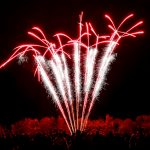
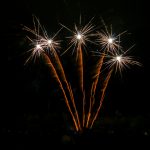
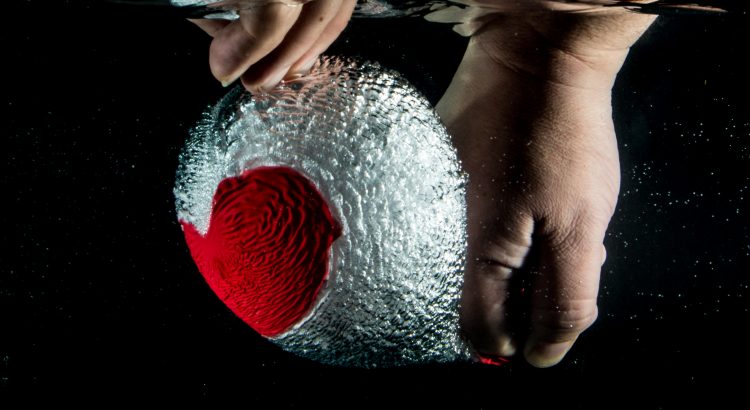
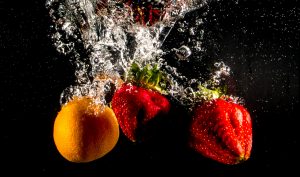 At a recent meeting of a camera club, to which I belong, we thought we would have fun with a fish tank of water, two flashguns (speed-lights), a black backdrop and some small objects to drop into the water.
At a recent meeting of a camera club, to which I belong, we thought we would have fun with a fish tank of water, two flashguns (speed-lights), a black backdrop and some small objects to drop into the water.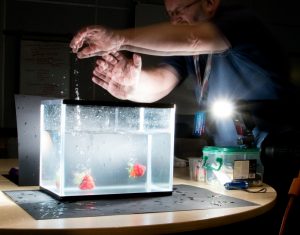 The setup is simple, but will require at least 2 flash guns and a remote flash trigger to trigger both simultaneously. You could do it with 1 flashgun, but it will be harder to illuminate more than one angle.
The setup is simple, but will require at least 2 flash guns and a remote flash trigger to trigger both simultaneously. You could do it with 1 flashgun, but it will be harder to illuminate more than one angle.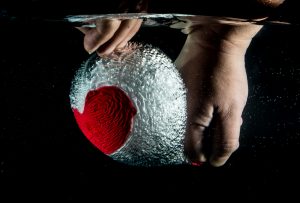
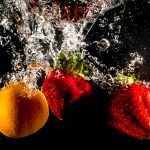
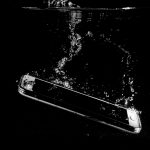
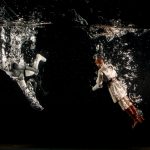
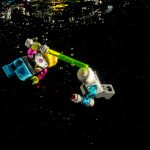
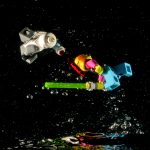
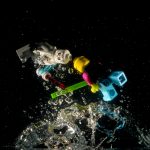
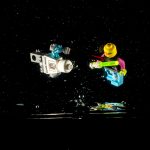
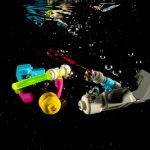
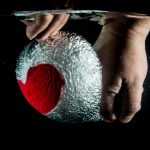
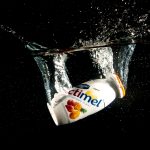
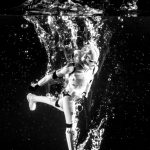
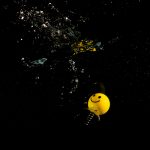
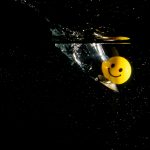
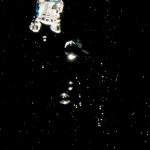
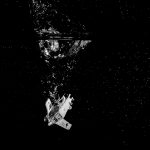
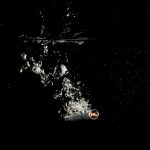
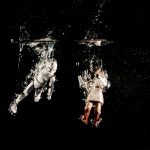
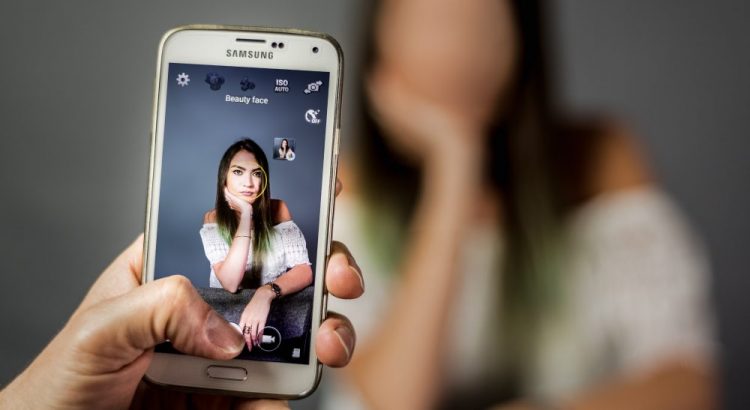
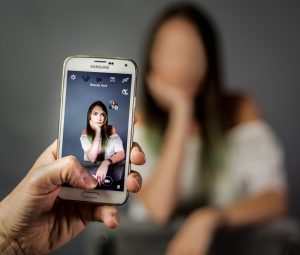 Last week I attended a ‘photo shoot’ at our monthly camera club meeting. The shoot was all about using continuous lighting, with a very patient model present.
Last week I attended a ‘photo shoot’ at our monthly camera club meeting. The shoot was all about using continuous lighting, with a very patient model present.